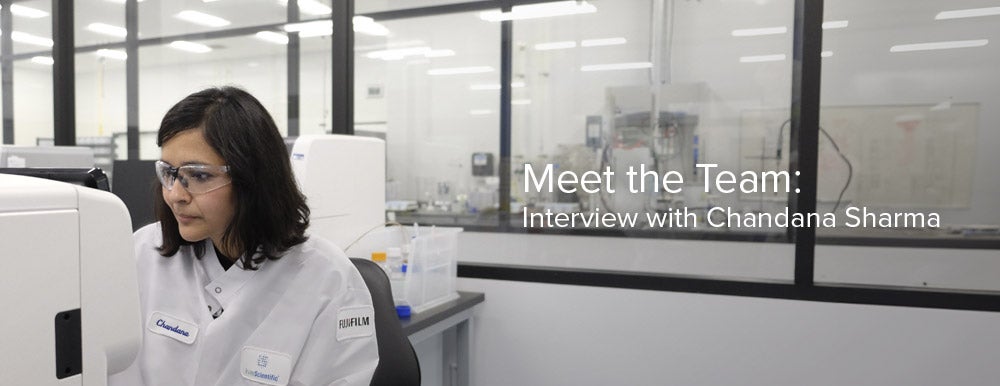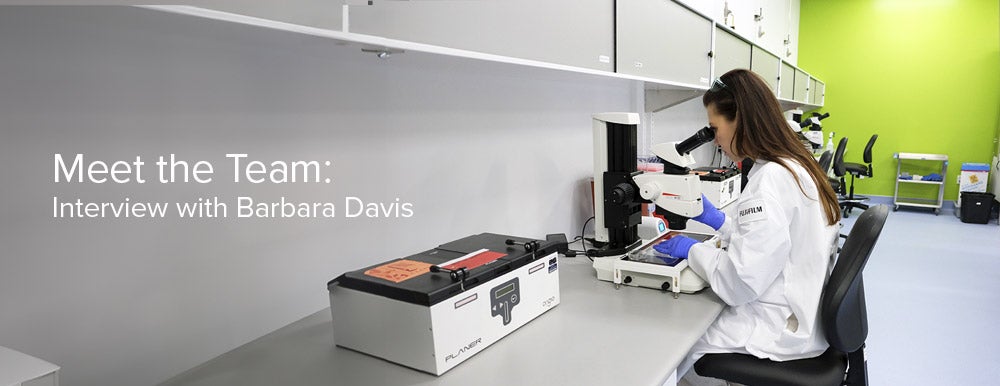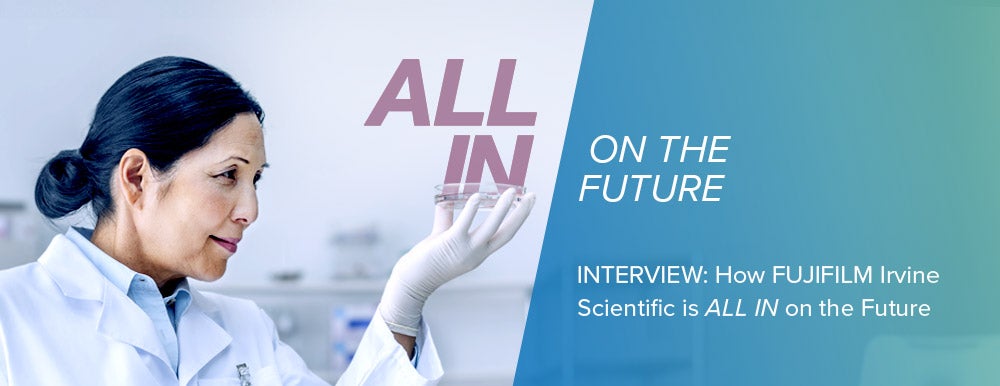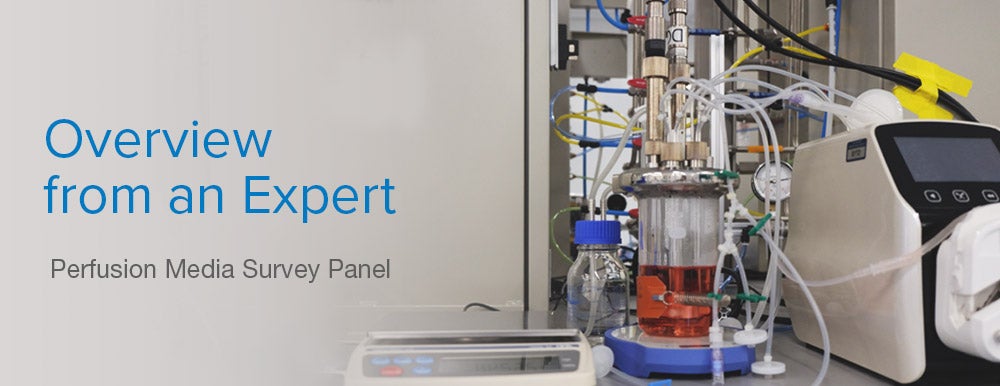We use cookies to make your experience better. To comply with the new e-Privacy directive, we need to ask for your consent to set the cookies. Learn more.
Behind the Scenes: What Factors Play a Role in High Quality IVF Media
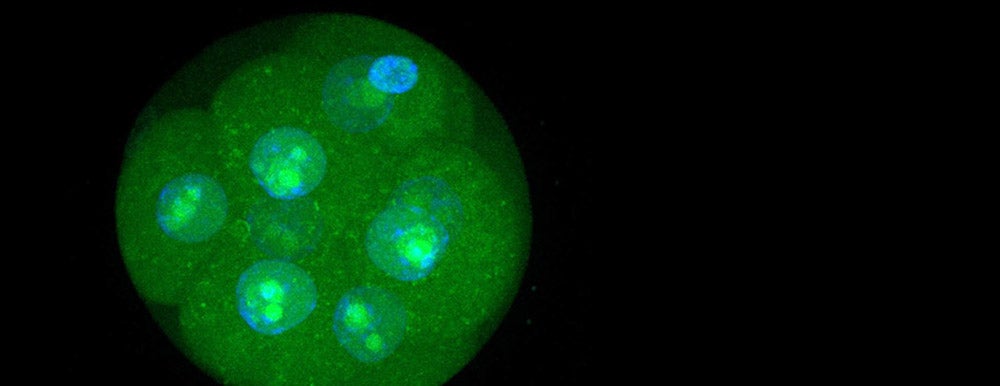
Media developed to support ART applications play a crucial role in facilitating new life. When it comes to something so precious, it’s imperative the innovative tools you choose to work with have been subject to rigorous quality, purity, and performance criteria.
But in an industry chock full of competing products all claiming similar quality standards and performance abilities, how do you know what to look for to ensure you give your embryos the best possible start?
Before you place your next order, here’s what matters.
Raw Material Sourcing is Critical
The raw materials used in media are essential to the final product’s performance—and ultimately, your success rates. The components used should be easily traceable and the sources verifiable, meaning that a company should adhere to a robust Quality Management System, and operate under strict cGMP (Current Good Manufacturing Practices) guidelines.
We go the extra mile to ensure the quality of the raw materials used in our products is unparalleled. As a company standard, we adhere to a stringent Raw Material Program, which includes:
-
Dual sourcing of raw materials*
-
To lower risks, mitigate out-of-stock situations, and improve inventory management, we approve a minimum of two qualified vendors for each raw material, and also purchase directly from suppliers (whenever possible) to ensure the quality and traceability of every raw material.
-
-
Sourcing the highest grade materials available
-
The quality of the ingredients can seriously impact the purity and consistency of the final product, which means every component of our media is individually sourced, graded, verified, and tracked.
-
-
Continuous Vendor Improvement
-
We practice proactive quality monitoring of our suppliers. We do this to ensure we continue to use the highest quality raw materials available and have as much time as possible to notify our customers of any changes.
-
Our meticulousness in sourcing raw materials has a big impact our on our final products and ensures they deliver consistent, reliable performance.
Did You Know?
The high-quality, traceable raw materials used in our Oil for Embryo Culture is sourced directly from the supplier—not ever from a distributor—to ensure the material’s origin is never in question.
Larger Lots Reduce Inconsistency
Whenever possible, once the raw materials have been appropriately vetted and sourced, IVF product manufacturers should order raw materials in large lots.
The reason for this is surprisingly simple—ordering large lots of raw materials can help control lot-to-lot variability in the final product.
Since many of the raw materials used to make IVF products (such as those in Protein Supplements) have natural variability due to the nature of human-derived ingredients, manufacturers who order in larger lots can minimize variability in the final product.
If you’re not sure if your supplier takes this extra step—ask!
If lots of raw material are smaller, it could have an impact on the consistency of their final products, and in return your final success rates.
Did You Know?
The raw materials used in our Protein Supplements—including Human Serum Albumin Solution, Serum Substitute Supplement, and Dextran Serum Supplement—are always ordered in large lots to control lot-to-lot variability.
Products Should Undergo the Right Tests
Due to the nature of embryos, it’s very difficult to determine the cause of poor performance—laboratory environment, media, processes, people, or the embryo itself. To best control media as a variable, IVF products need rigorous testing before their use.
Mouse embryo assay (MEA) is currently the most widely available bioassay test for media and materials and is used to identify toxic or suboptimal compounds that could negatively impact the performance of your embryos.
But it’s not the only type of testing out there.
For something as valuable as human life, more advanced testing can offer peace of mind and ensure the purity and consistency of the media you work with. Make sure you know what type of testing your supplier is doing.
Did You Know?
In addition to bioassays for function, such as MEA or human sperm survival assay, our IVF media is tested for pH, osmolality, endotoxin, sterility, and appearance. This information is found on the Certificate of Analysis.
More Advanced Testing is Available
While the MEA is the standard method for screening raw materials, media, and labware used in IVF clinics, the sensitivity of the MEA to detect cytotoxicity in materials has been questioned for many years.
Organizations such as ASRM and ESHRE, as well as numerous publications, have called for a more relevant and sensitive test than MEA1,2,3. Furthermore, being based solely on morphology at a single point in time, the MEA is inherently limited in its capability.
Irvine Scientific has developed a genetic mouse embryo assay called MEGA that is designed to resolve many of the existing concerns with MEA testing.
Using embryos from a genetically engineered mouse strain, MEGA employs fluorescence-based detection of developmentally-regulated gene expression to assess embryos throughout the development stages—including at the earliest stages of growth.
The result is a bioassay that is more sensitive to embryotoxic materials and offers more functional information at an earlier stage of development4.
*Read more about the study referenced in this post.
MEGA assures product consistency through:
-
Analysis of pre-implantation embryo development and health by gene expression in addition to morphology
-
Increased sensitivity for detecting embryotoxicity in raw materials before manufacture
-
Assessment of efficacy at early stages of development
Did You Know?
Every lot of incoming raw material for Oil for Embryo Culture, Human Serum Albumin Solution (HSA), Serum Substitute Supplement (SSS), Dextran Serum Supplement (DSS) and media supplemented with protein undergoes MEGA testing, which can help detect suboptimal lots of oil and protein, and allow for better evaluation of the raw materials used in our final products.
Putting It All Together
When selecting IVF products, it can be difficult to cut through all the marketing jargon and zero-in on the things that matter. So, next time you’re ready to place an order, just remember the basic principles outlined above.
And if ever in doubt, just ask. Your media supplier should be available—and willing—to answer your questions and provide additional information.
In fact, if you have a question after reading this post, we’d love to hear from you! Contact us and we’ll be happy to offer individualized support.
*It may not always be feasible to dual source raw materials. However, when it is possible, we strictly adhere to the policy outlined above.
References:
- Gianaroli et al. ASRM Pages. 2012 Dec;98:6.
- Elder et al. In-Vitro Fertilization. 2010 Dec.
- Mortimer et al. Quality and Risk Management in the IVF Laboratory. 2015 Mar.
- Gilbert RS, Nunez B, Sakurai K, Fielder T, Ni H-T. Genetic mouse embryo assay: improving performance and quality testing for assisted reproductive technology (ART) with a functional bioassay. Reproductive Biology and Endocrinology. 2016;14(1). doi:10.1186/s12958-016-0149-x.


